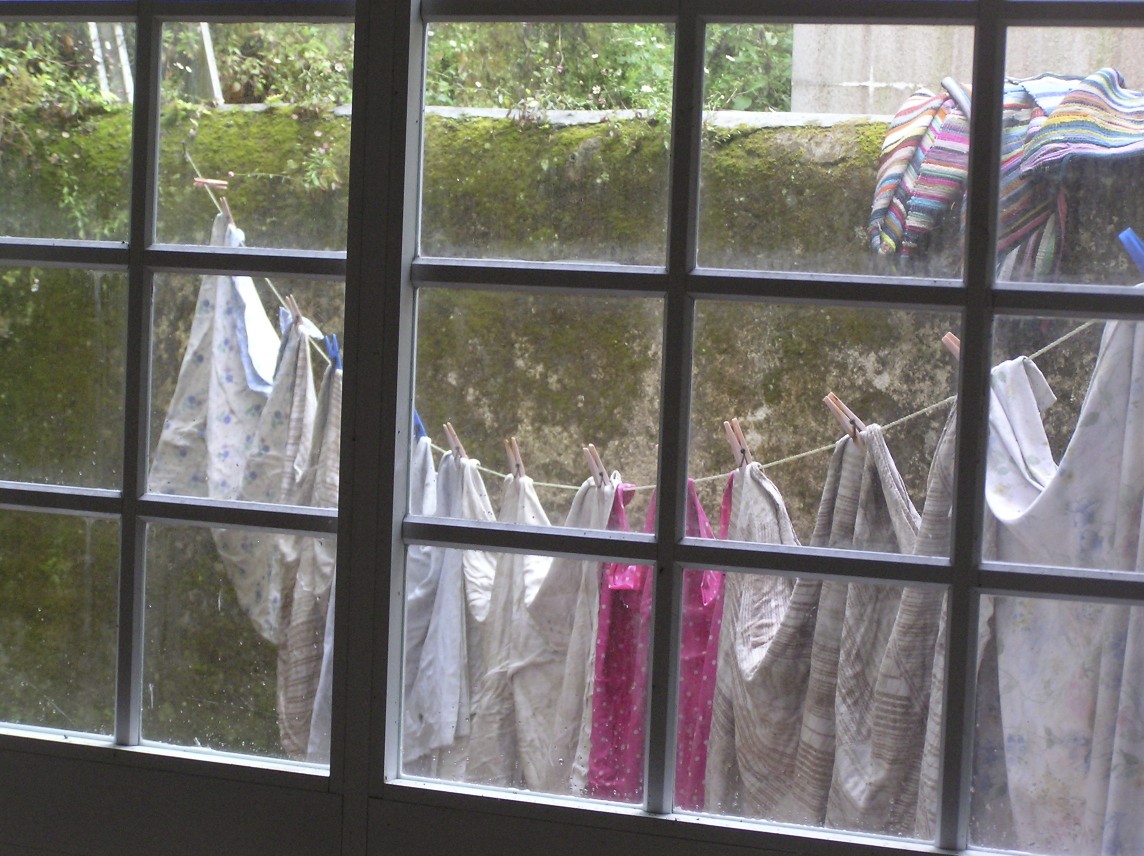
These moments of social disgrace are experienced just like being stabbed in the gut. Loneliness is similarly experienced as a stab in our gut or wrenching of our heart (as portrayed in many songs of lost love). Furthermore, as we will soon see, this physical pain produces physical illness. Damage lingers and we can’t, as Cacioppo and Patrick note (2008, p. 8) simply “come out of our shell” and spend time with other people. “The pain of loneliness is a deeply disruptive hurt.” (Cacioppo and Patrick, 2008, p. 8).
More generally, loneliness has to do primarily with the limbic system and its vital connection to the prefrontal cortex. Socio-neuropsychologists such as Joseph LeDoux (1998), Daniel Gilbert (2007), Jonah Lehrer (2009) and most notably the esteemed neurobiologist, Robert Sapolsky (2017) write about the critical role played by two components of the Limbic system–the Amygdale (site of emotionally-laden environmental appraisal) and Hippocampus (site of most stored memory)—in the regulation along with our prefrontal cortex (site of rational appraisal) of our emotional state. When we are isolated and anxious, this regulation tends not to occur. As Cacioppo and Patrick note, we become trigger happy regarding potential threats to be found in our interpersonal relationships.
Cacioppo and Patrick, 2008, p. 156) reach out to yet another region of the brain in their consideration of the way in which loneliness is processed by our brain. They note that the medial prefrontal cortex, posterior superior temporal sulcus and temporoparietal junction are activated when we think about other people or when we try to make sense of social relationships. With these regions activated, we are likely to be increasingly empathetic to the emotions felt and actions taken by other people.
Cacioppo and Patrick use the German word, Einfuhlung (“feeling into”) to describe what is taking place. Altruistic (helping) behavior is also likely to increase. If nothing else, we might find that the forementioned “theory of mind” comes to the fore when we are relating to other people—and Cacioppo and Patrick’s co-regulation is likely to take place. Conversely, when we are alone and feel lonely, these regions of the brain are likely to remain quiet. As a result, not only do we feel little empathy and lack any desire to be altruistic—we also lose much of the self-regulation that Cacioppo and Patrick emphasize.
At yet another level, we find that loneliness disrupts our neurochemical operations. As social animals we are reliant on the motivation provided by a neurochemical called “oxytocin” (the so-called chemical of bonding, nurturing and calming). This chemical is, in turn, boosted by a hormone called “vasopressin.” Both of these chemicals are activated by physical touching—whether we are being touched or are doing the touching. Even petting the family dog will activate our bonding chemicals (as well as those found in our pet). When we are alone (especially against our will) there is no one for us to touch and there is no one touching us.
I am reminded of my meeting with a woman who was a hairdresser for my aging and widowed mother. This very observant hairdresser was attending to my mother and many of her widowed friends at least once a week—even though my mother’s hair and that of the other women was in immaculate shape. The hairdresser wisely knew (and told me) that these women were getting their “hair done” so that they could be touched by someone (given that their husband had passed away). This caring and thoughtful dresser of hair also noted that she would very gently touch and caress the shoulders of these women. She noticed how they would gently sigh and gaze out the window (to a distant past).








